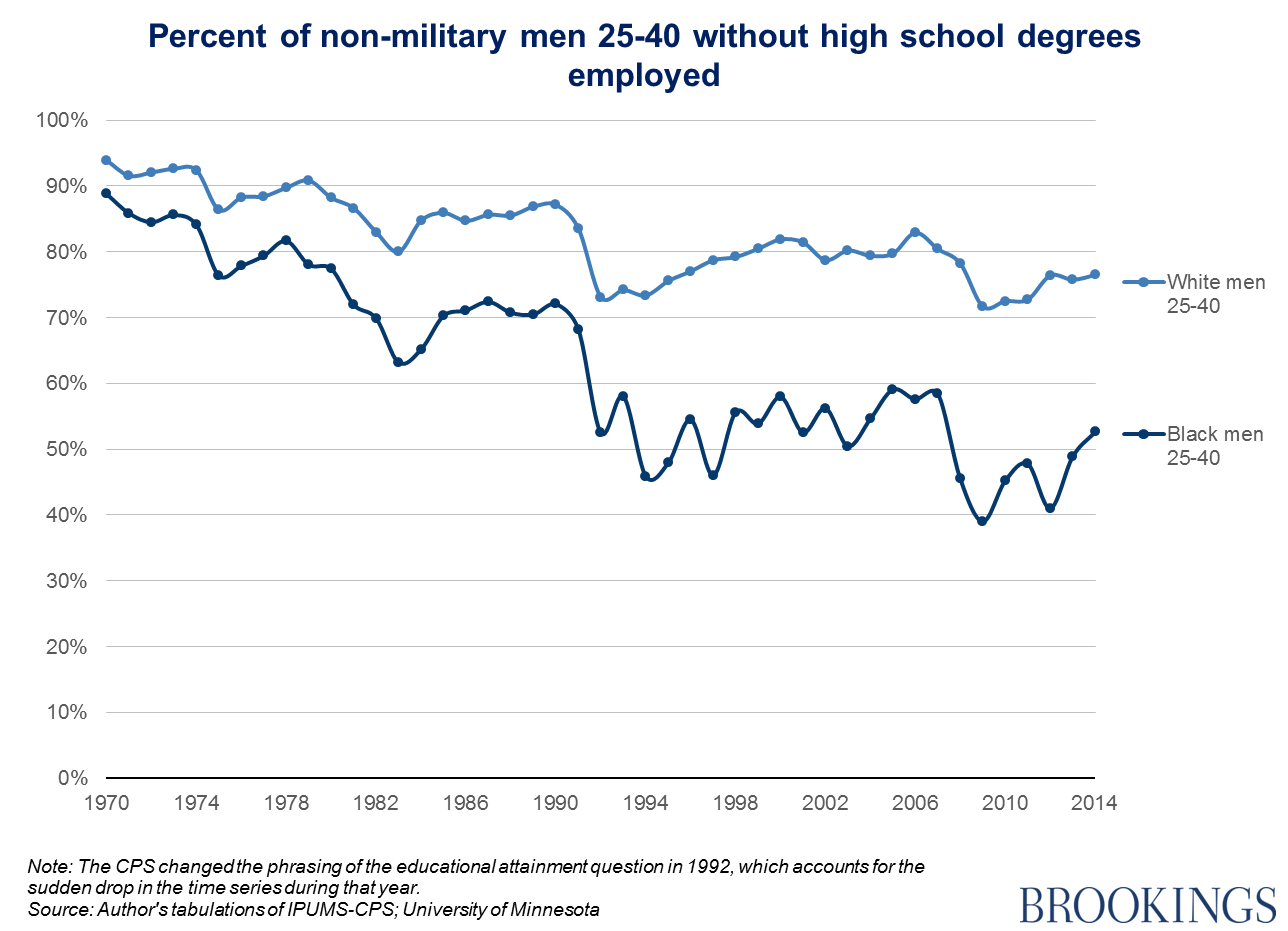The injustices faced by African Americans are high on the nation’s agenda. “Black Lives Matter” has become a rallying cry that has elicited intense feelings among both supporters and detractors. As William Julius Wilson has pointed out on this blog, the focus on policing and criminal justice is necessary but not sufficient. Concerted action is required to tackle systematic racial gaps in everything from income and wealth to employment rates, poverty rates, and educational achievement.
The moral argument for reparations
Ta-Nehisi Coates argues that financial reparations should be paid to all those who have suffered directly or indirectly from slavery and its aftermath, including present day injustices such as the targeting of subprime mortgages to minorities. The moral case is compelling, and Coates notes that there have been other instances in U.S. history when reparations have been paid—such as to some Native American tribes and to the Japanese-Americans thrown into internment camps during World War II.
Even if the moral argument for reparations is won, there are formidable obstacles in terms of policy, politics, and law. How would reparations work in practice? To be fair, Coates does support the bill from Congressman John Conyers establishing a commission to examine precisely these questions. Even if a workable policy can be found, the political opposition would, to put it mildly, be formidable. There are also doubts about constitutional legality. However, these are certainly questions worthy of better answers than the ones currently being made.
Race-conscious policy
Reparations are a stark example of a race-based policy: targeting resources or an intervention at an explicitly-defined racial group. At the other extreme are “race-blind” policies, applied with no regard to race (at least in theory). But there is a middle ground, consisting of what might be labeled ‘race-conscious’ policies. These policies would be designed to close racial gaps without targeting racial groups.
Bonds, jobs, tax credits: examples of race-conscious policies
What might race-conscious policies look like? Here are some ideas:
- Professors William Darity at Duke and Darrick Hamilton of The New School propose to tackle race gaps in wealth by providing “baby bonds” to children born to families with limited wealth. In 2013, median net worth was $11,000 for black households compared to $141,900 for whites. Darity and Hamilton are supporters of reparations in principle, but are alert to policy and political feasibility. Their specific proposal is that every baby born into a family with below-median wealth receives a “baby bond” or trust fund. These would be worth $50,000 to $60,000 on average, but scaled according to the level of the family’s wealth. The money would be available at the age of 18 for certain expenditures such as paying for college or buying a home. This is a good example of a race-conscious policy. It is not explicitly targeted on race but it would have its greatest impact on African American families.
- While racial wealth gaps are large and troubling, the disappearance of almost half of unskilled, young black men from the labor force may be an even greater problem in the long run. A comprehensive approach on jobs could include raising the minimum wage, expanding the EITC, and providing subsidized jobs in either the public or private sector for those unable to find jobs on their own. The job subsidies might be targeted on young adults from high-poverty neighborhoods where joblessness is endemic. The subsidized jobs would help people of all races, but especially African Americans. A jobs-based program is also likely to find greater political support than straightforward wealth redistribution. Granted, such jobs programs are hard to administer, but we now have a large number of workers whose job prospects are slim to nonexistent in a technologically-oriented and service-based economy.
An enhanced EITC could also help to increase wealth (or lower indebtedness). As Kathryn Edin and her colleagues note in It’s Not Like I’m Poor, the EITC is normally received as a lump sum refund at the end of the year. As a form of forced saving, it enables poor families to repay debt and make mobility enhancing investments in themselves or their children. According to Edin, recipients like the fact that, unlike welfare, the tax credit links them socially and psychologically to other Americans who receive tax refunds. A more generous EITC could therefore help on the wealth as well as income side, and narrow racial gaps in both.
A final example of a race-conscious policy is the Texas “top 10” law, which guarantees admission to any public university in the state for students in the top 10 percent of their high school class. This plan could be expanded to other states.
Taking race seriously
The “Black Lives Matter” movement has refocused the nation’s attention on mass incarceration and related injustices in the criminal justice system. But this problem exists side by side with racial inequalities in income, wealth, education, and employment. There are no easy answers to America’s stubborn race gaps. But jobs and wages seem to us to be of paramount importance. Implemented in a race-conscious way (by targeting them to areas suffering from high rates of poverty and joblessness), employment policy might be the most powerful instrument of all for race equality.



Commentary
The case for ‘race-conscious’ policies
February 4, 2016